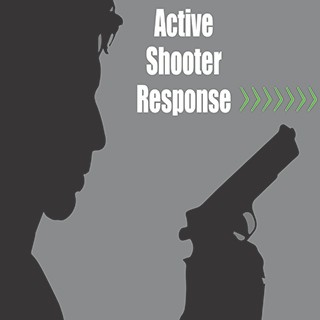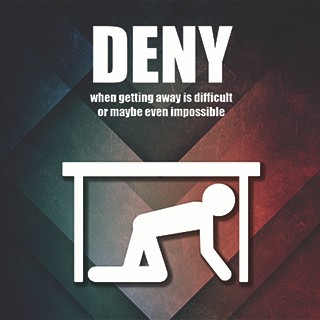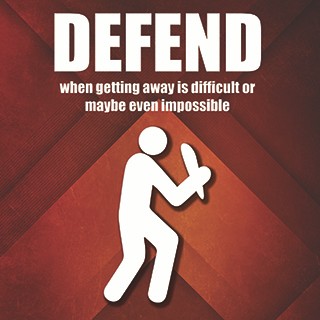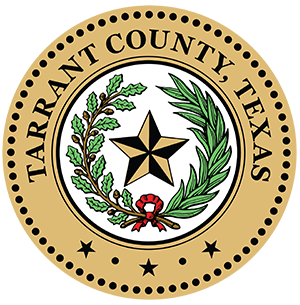Active Shooter Event

Would you know what to do if a person with a gun suddenly appears and begins to shoot people?
Such occurrances are called "Active Shooter Events." An "active shooter" is an individual who is engaged in killing or attempting to kill people in a confined and populated area; in most cases, active shooters use firearms and there is no pattern or method to their selection of victims.
Three things to know about such events:
- Victims are selected at random
- The event is unpredictable and evolves quickly
- Knowing what to do can save lives
PROFILE OF AN ACTIVE SHOOTER
An active shooter is an individual actively engaged in killing or attempting to kill people in a confined and populated area, typically through the use of firearms.
CHARACTERISTICS OF AN ACTIVE SHOOTER SITUATION
• Victims are selected at random
• The event is unpredictable and evolves quickly
• Law enforcement is usually required to end an active shooter situation
HOW TO RESPOND WHEN AN ACTIVE SHOOTER IS IN YOUR VICINITY
Be aware of your environment and any possible dangers. Take note of the two nearest exits in any facility you visit.
AVOID - RUN AWAY
- Have an escape route and plan in mind
- Leave your belongings behind
- Keep your hands visible

DENY - HIDE SOMEWHERE
- Hide in an area out of the shooter’s view
- Block entry to your hiding place and lock the doors
- Silence your cell phone and/or pager

DEFEND - FIGHT THE ATTACKER
- As a last resort and only when your life is in imminent danger
- Attempt to incapacitate the shooter
- Act with physical aggression and throw items at the active shooter

WHEN LAW ENFORCEMENT ARRIVES:
- Remain calm and follow instructions
- Drop items in your hands (e.g., bags, jackets)
- Raise hands and spread fingers
- Keep hands visible at all times
- Avoid quick movements toward officers, such as holding on to them for safety
- Avoid pointing, screaming or yelling
- Do not stop to ask officers for help or direction when evacuating
CALL 911 WHEN IT IS SAFE TO DO SO
INFORMATION TO PROVIDE TO 911 OPERATIONS:
- Location of the active shooter
- Number of shooters
- Physical description of shooters
- Number and type of weapons shooter has
- Number of potential victims at location
Contact your building management or human resources department for more information and training on active shooter response in your workplace.
For questions or additional assistance contact your local law enforcement authorities or an FBI Field office.
This information provided courtesy of the U.S. Department of Homeland Security and courtesy of Avoid Deny Defend™ by John Curnutt, Director of Training and Dr. J. Pete Blair, Director of Research, ALERRT™ at Texas State University.

 TARRANT COUNTY, TX
TARRANT COUNTY, TX

 Public Health Preparedness
Public Health Preparedness